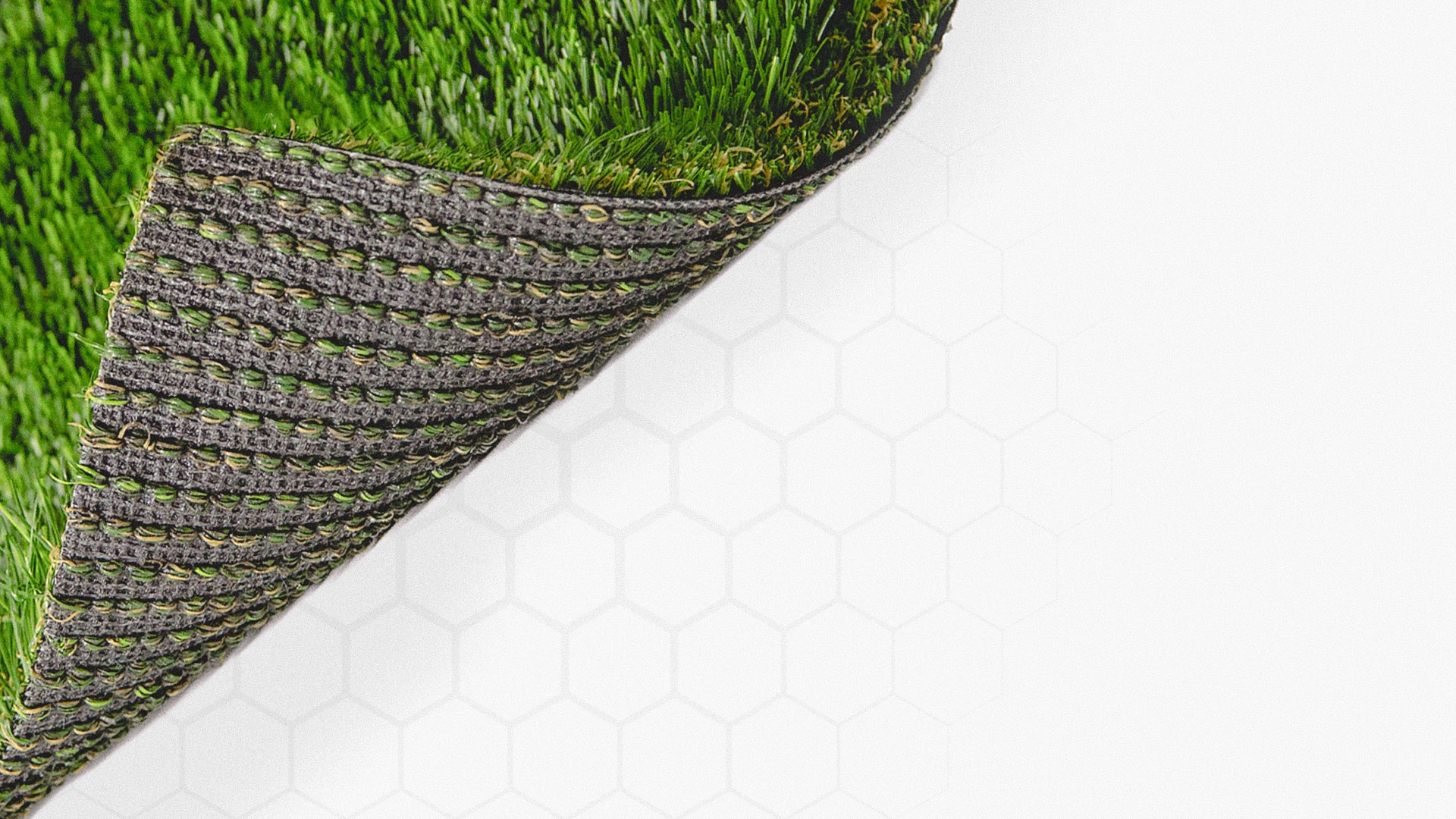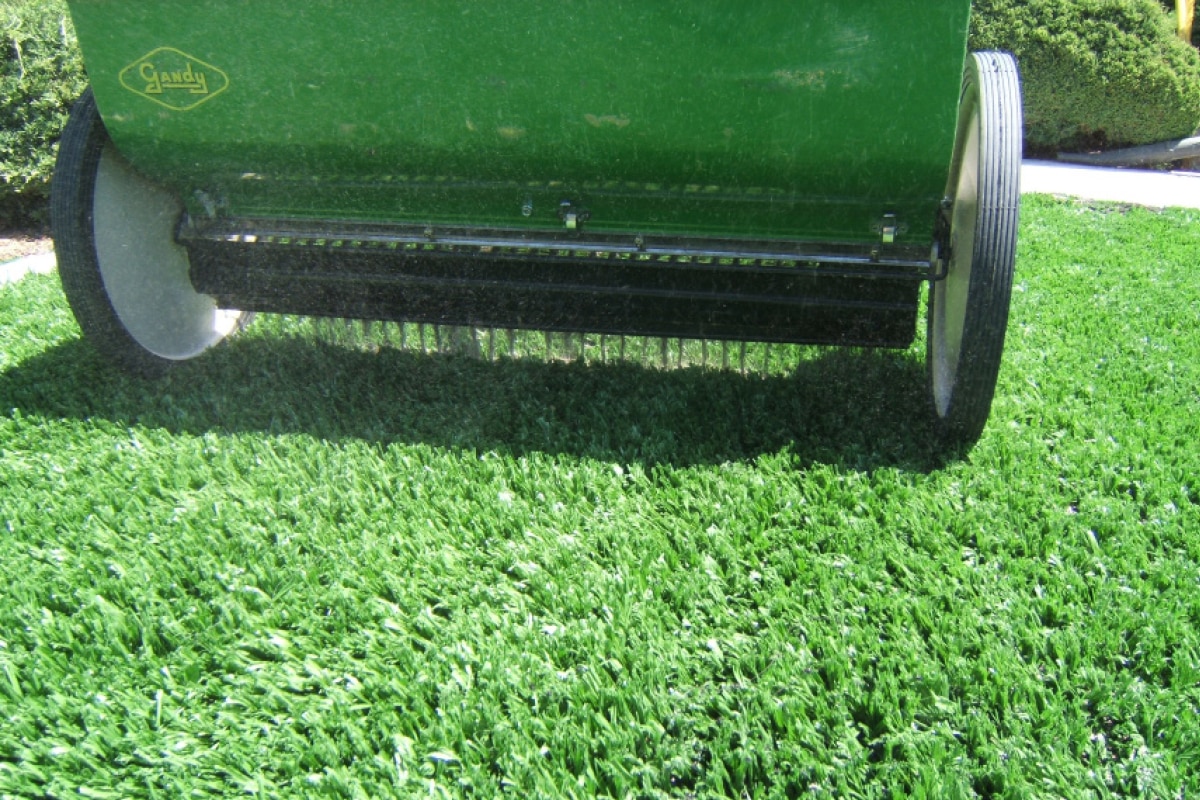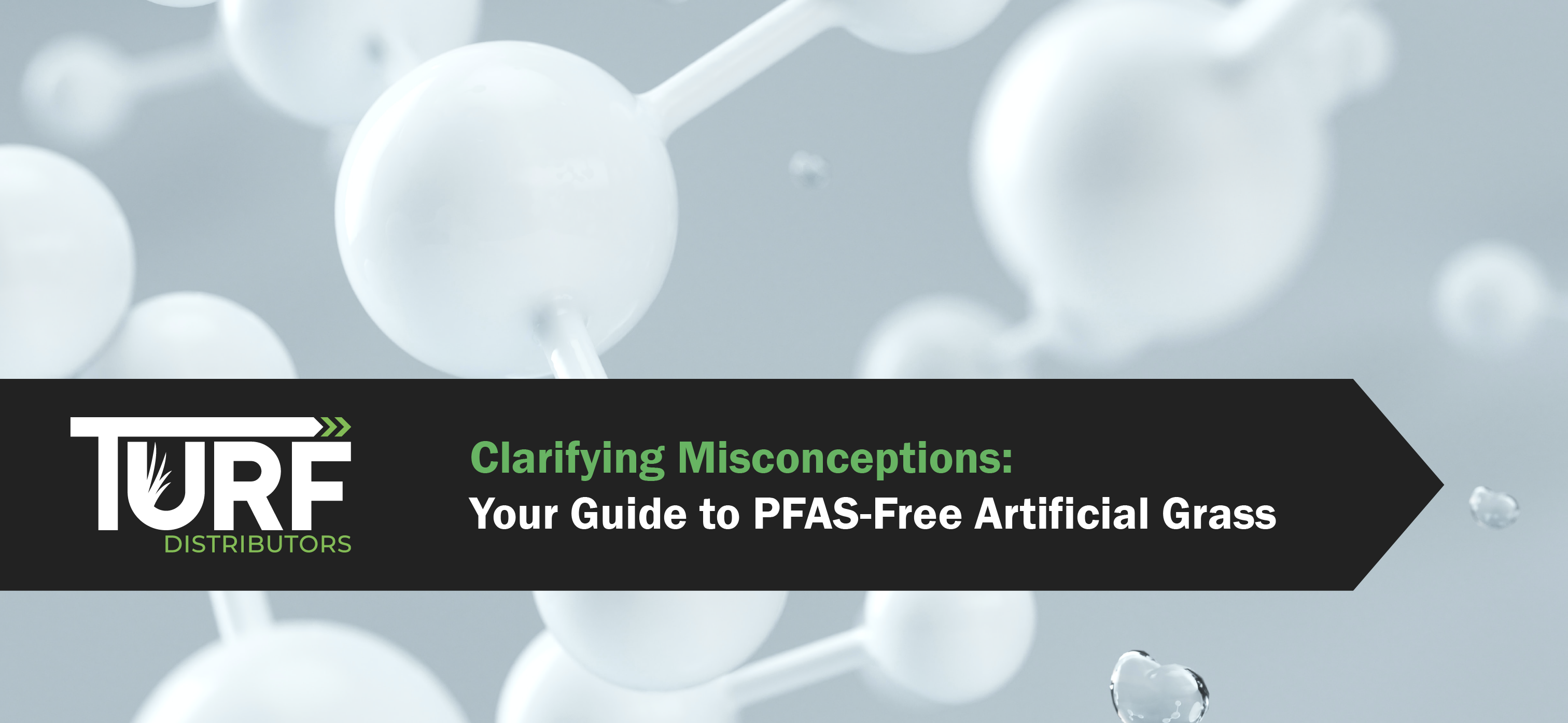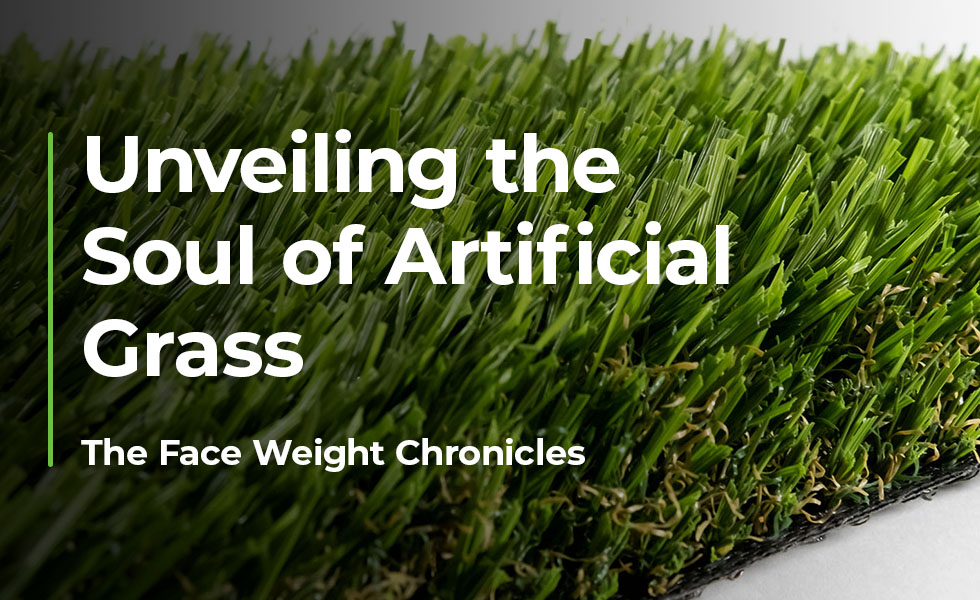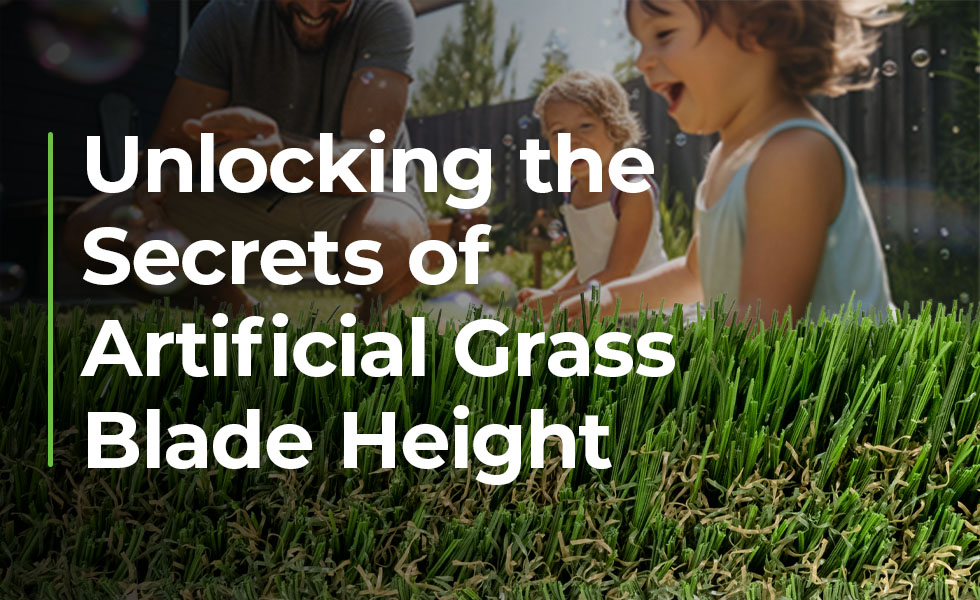The post Thatching in Artificial Grass: Let�s Get Real appeared first on Turf Distributors.
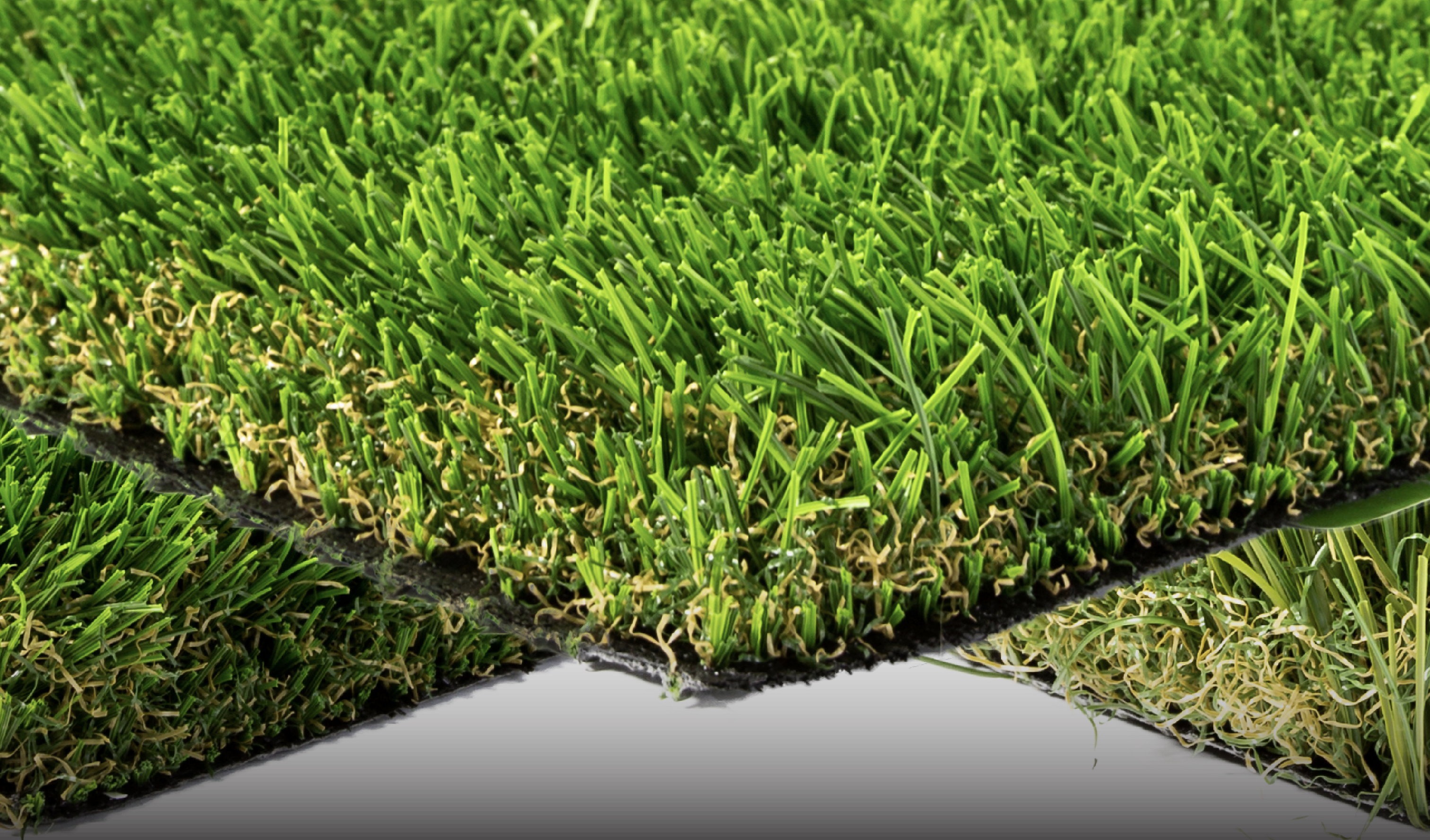
If you�re contemplating the transition from natural grass to artificial turf, you�ve likely encountered the term �thatching.� But what exactly is thatching, and why is it a pivotal element in the realm of artificial grass? Let�s delve into the details to uncover the significance of thatching, its role in creating an authentic landscape, and the essential factors to consider when selecting artificial grass for your ideal lawn.
Understanding Thatching in Artificial Grass
Thatch in Natural Lawns
But wait, before we start delving, let�s first understand the role of thatch in natural lawns. Thatch, in a traditional lawn, consists of organic matter like dead grass, roots, and other debris that accumulate near the surface. While a certain amount of thatch can provide support and prevent soil compaction in natural lawns, excessive thatch can lead to issues such as lawn damage and an unhealthy appearance. So dethatching your lawn is a common, tedious part of lawn care often requiring special tools and lots of manual labor.
Bringing Nature�s Balance to Artificial Grass
In the world of artificial grass, thatching is a careful artistry that mimics the subtle layer of dry and dying grass found in natural lawns and plays a crucial role in elevating realism and practicality. The process of thatching entails adding a calculated layer of shorter brown, and yellow synthetic blades, imparting a touch of natural irregularity to the otherwise pristine green surface. This creative technique mirrors the natural process of grass blades gradually succumbing to time, forming a layer of organic matter known as �thatch.�� The goal is not to replicate excessive thatch but to strike the perfect balance.
This meticulously balanced amount of thatch in high-quality artificial grass creates a visually authentic look, akin to a well-maintained natural grass lawn. Unlike lower-quality artificial lawns that might appear �too green� or �too perfect� to the discerning eye, thatching lends a touch of natural realism and fullness, making the synthetic turf seamlessly blend into its surroundings.
Practical Benefits of Thatching
Thatching in artificial grass offers more than just aesthetic appeal. It provides practical benefits, including:
Glare Reduction: Thatch mitigates sun glare, creating a comfortable environment on bright days. Soft Cushioning: It adds softness and cushioning underfoot, ideal for sports and leisure activities. Blending with the Landscape: Thatch helps the synthetic turf blend into its surroundings, ensuring a harmonious appearance.Final Thoughts
Thatching in artificial grass enhances both the aesthetics and functionality of synthetic turf. It bestows a natural aesthetic, mitigates sun glare, and introduces softness and cushioning underfoot. Whether you�re considering brand new artificial grass or exploring the world of recycled artificial turf, don�t overlook the subtle yet significant presence of thatching.
For Turf Distributors, thatching is more than an aesthetic choice; it�s a symbol of meticulous craftsmanship that transforms your outdoor space into a haven of natural beauty and leisure. Embrace the elegance of a low-maintenance, evergreen lawn with the artistry of thatching. Contact us to learn more.
Learn More About Artificial Grass!
The post Thatching in Artificial Grass: Let�s Get Real appeared first on Turf Distributors.



